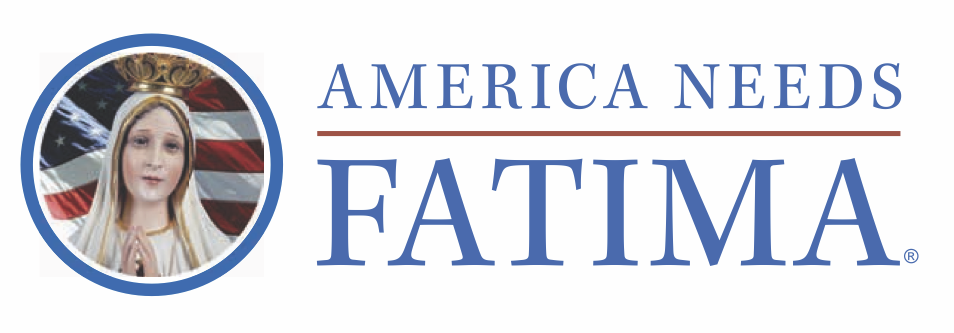
TOPICS:
The Islamic Republic Supports U.S. Student Protests While Crushing Its Student Demonstrations
May 10, 2024 / Written by: Gary Isbell
When violent pro-Palestinian student protests on U.S. campuses resulted in disciplinary measures and police action, a predictable hypocritical response emerged from Iran. The repressive terrorist regime used the events to make two false allegations.
They argue that the U.S. and other liberal democracies are hypocritical in supporting human rights and freedom of expression. They also claim the protests validate Tehran’s stance and demonstrate its dominant influence in the West. Iranian officials and state media have continued to disseminate this fallacious propaganda in recent weeks actively dutifully echoed by the media worldwide.
On April 24, Ayatollah Ali Khamenei remarked, “They ask, ‘Why do you support Palestine?’
Today, the world is united in supporting Palestine, evident in the streets of Europe, Washington and New York.” Khamenei criticized the U.S. for its response to “non-violent and non-destructive” student protests, labeling it as complicity with the Zionists.
A recent YouGov survey showed that Khamenei’s pro-terrorist propaganda is entirely out of touch with the facts and public opinion.
The initial survey question highlighted substantial age-related disparities in opposition to the protests. Younger individuals displayed greater sympathy for the protests, with only 12 percent of 18 to 29-year-olds strongly opposing them. In contrast, 45 percent of 45 to 64-year-olds, and the majority of adults aged 65 and older, 56 percent, vehemently opposed the protests.1
Iranian authorities, known for ludicrous statements, offered suspended U.S. students free scholarships to study in Iran, boasting about the quality of their universities. Iranic TV, a propaganda arm of the Islamic Revolutionary Guard Corps (IRGC), highlighted disparities in the media coverage of student protests in the U.S. and Iran, aiming to sway public opinion. Conveniently, the editorial failed to mention the deadly response by Iranian security forces that led to casualties during the 1999 pro-democracy student uprising.
Interestingly, attempts by opponents of student protests in the U.S. to link them to Tehran are manipulated by the regime for its advantage. For instance, when Anti-Defamation League CEO Jonathan Greenblatt suggested that certain student groups were “campus proxies” of Tehran, Iranian state media prominently featured his remarks.2
Despite the Iranian leadership’s assertions, many Iranians remain skeptical due to the ongoing brutal repression by the regime against students, women and anyone who does not tow the party line. Although Iranians may have differing views on the Israeli-Palestinian conflict, they frequently share common ground in criticizing Tehran’s dubious claims about public support of the student protests.
Many pundits have challenged Tehran’s hardline outlets covering U.S. protests by posing a simple question: How many pro-Palestinian protesters have been killed or injured by gunshots—as Iran did in 1999?
The Islamic Republic’s recent actions are alarming due to an escalation in repression witnessed over the past few weeks. Reports indicate an increased presence of the “morality” police in Tehran and other cities. This KGB-style presence has led to the brutal arrests of numerous women under accusations of improper veiling. Additionally, cafes that do not adhere to mandatory veiling rules are being damaged or shut down.
To emphasize the regime’s brutality, Iranians have been sharing images on social media depicting the disappearance, violent arrests, beatings and sexual abuse of students now and during the 1999 movement. It is crucial to remember that individuals involved in these past atrocities, such as the former Mayor of Tehran, Mohammad Bagher Ghalibaf, are now holding prominent positions within the current government.
Furthermore, many Iranians have expressed shock at the use of Hezbollah’s flag by U.S. students, recalling the violence and death Iranian students faced in 1999. Recent incidents, including the blinding of a medical student and the imprisonment of academic figures, highlight the ongoing challenges faced by students in favor of democracy under the current tyranny.
The regime’s staunch anti-Israel stance and support of Palestinian terror groups lack significant backing among the Iranian population, especially the youth and students. Recent incidents, like supporters of the current regime’s unsuccessful attempt to raise the Palestinian flag in a football stadium, clearly show the strong opposition, indicating the lack of support for hardline Islam.
Even anti-regime activists who support Palestine have noted the negligible pro-Palestine activity in Iranian universities. In contrast, solidarity protests for U.S. students in various countries have seen more participation than regime-led efforts in Iran. These efforts have drawn small crowds, mainly comprising university administrators favorable to the supreme leader Ali Khamenei rather than students.
The Islamic Republic may attempt to capitalize on the images of unrest in U.S. universities, but the Iranian people remain unconvinced of the regime’s propaganda. Regardless of the state-run media’s narrative, Iranians vividly remember the domestic repression they suffered firsthand consistently for decades, not just in isolated incidents of 1999.
The Iranian regime has exploited pro-Palestinian student protests in the U.S. to reinforce its anti-Israel stance. American students, along with Iranian-backed agitators, are mobilizing protests and sit-ins. These protests are unjustly disrupting other students' education, damaging private property and requiring taxpayer-funded police to intervene while demanding their institutions reveal and divest from Israel-linked investments. In many cases, there are no Israeli-linked investments—however, facts do not matter.
Iranian authorities have endorsed these protestors worldwide, shedding light on the regime’s blatant hypocrisy. While Iran publicly supports American students’ freedom of expression, regardless of the anarchy and damage that ensues, it crushes its citizens who voice dissent against the repressive terrorism that rules Iran.
References:



